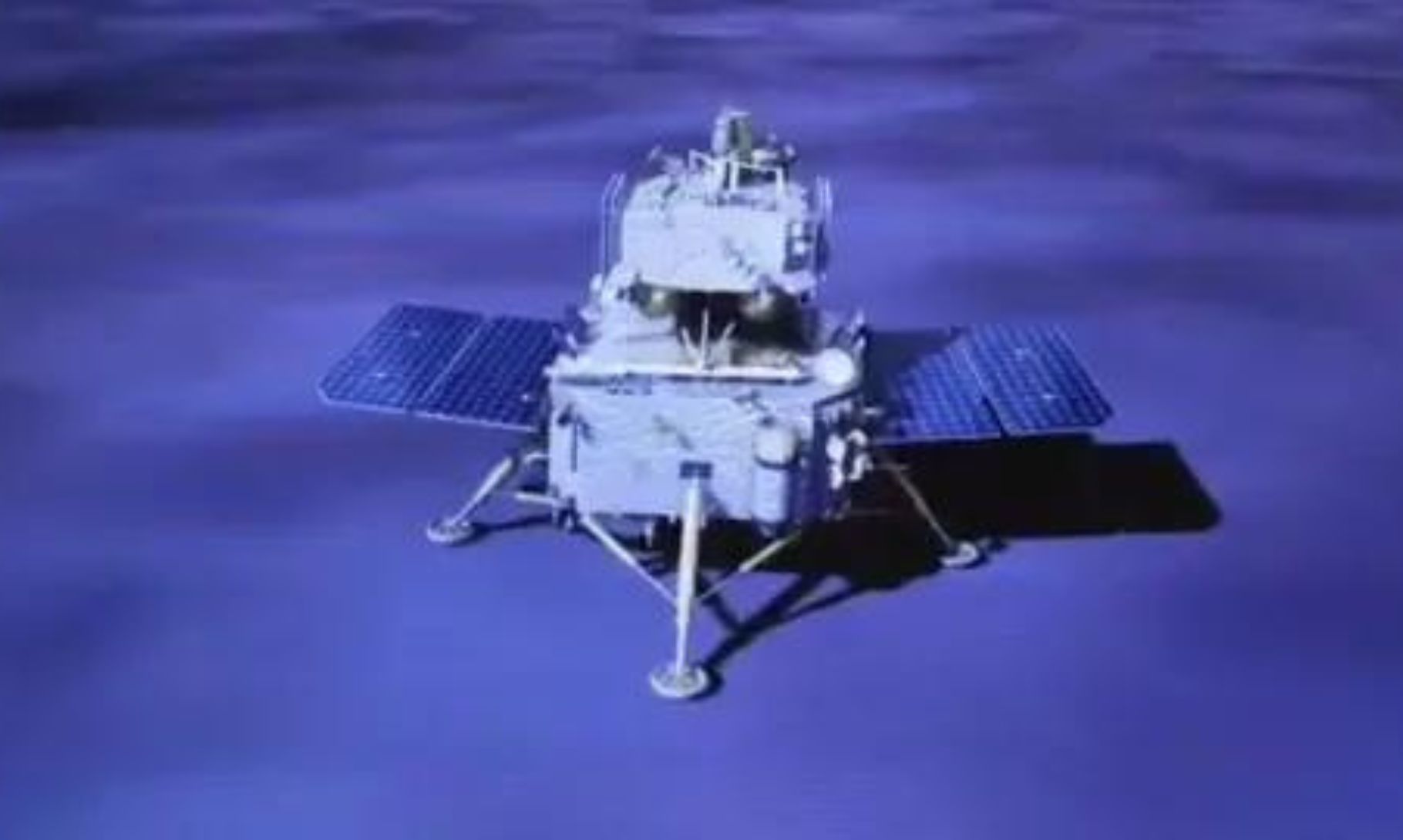
China’s Chang’e 6 spacecraft has achieved a historic milestone by bringing back rock and soil samples from the far side of the moon. Launched on May 3, the Chang’e 6 probe traveled for 53 days to reach the moon, where it drilled into the lunar surface and collected core samples. The spacecraft landed in northern China’s Inner Mongolian region on Tuesday and was hailed as a complete success by Zhang Kejian, Director of the China National Space Administration, during a televised news conference.
The samples collected by Chang’e 6 are expected to include volcanic rock that is around 2.5 million years old, among other materials. These samples could help scientists understand the geological differences between the moon’s near side, which faces the Earth and has flat plains, and the far side, known for its mountains and craters.
Unlike previous missions by the US and Soviet Union that gathered samples from the near side of the moon, Chang’e 6 is the first to successfully bring back samples from the more difficult far side. This accomplishment demonstrates China’s increasing capabilities in space exploration, amid competition primarily led by the US, and involving countries like Japan and India.
Chinese President Xi Jinping praised the Chang’e team, emphasizing how the mission enhances China’s reputation as a leader in space technology. According to Zongyu Yue, a geologist at the Chinese Academy of Sciences, the samples are expected to help answer important questions in lunar science, especially about how the moon’s surface formed differently in various areas.
China has been actively exploring the moon in recent years. The Chang’e 5 mission, for example, collected samples from the moon’s near side. With Chang’e 6, scientists also aim to discover evidence of meteorite impacts that could provide insights into the moon’s history.
Now that the spacecraft has safely returned to Earth, scientists will start examining the samples to understand their geological and chemical makeup. This mission marks a major step for China’s space goals and adds important data to global lunar research.
China’s Chang’e 6 mission has made history by retrieving samples from the far side of the moon, advancing our knowledge of lunar geology and boosting China’s standing in the worldwide space community.















